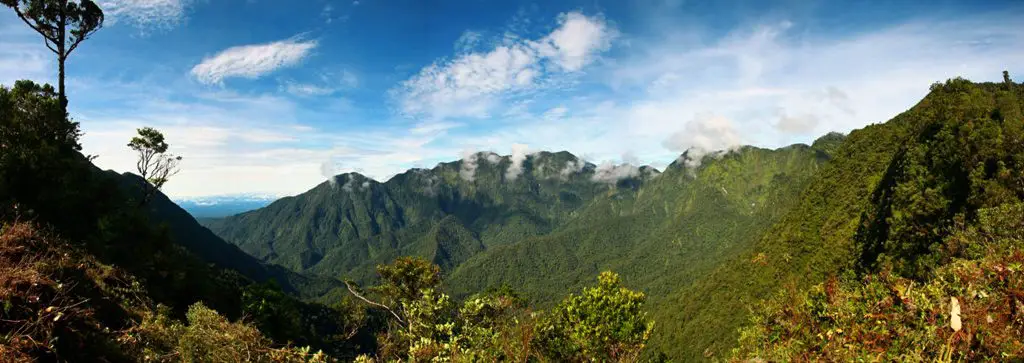Wonder
Mount Bosavi Crater
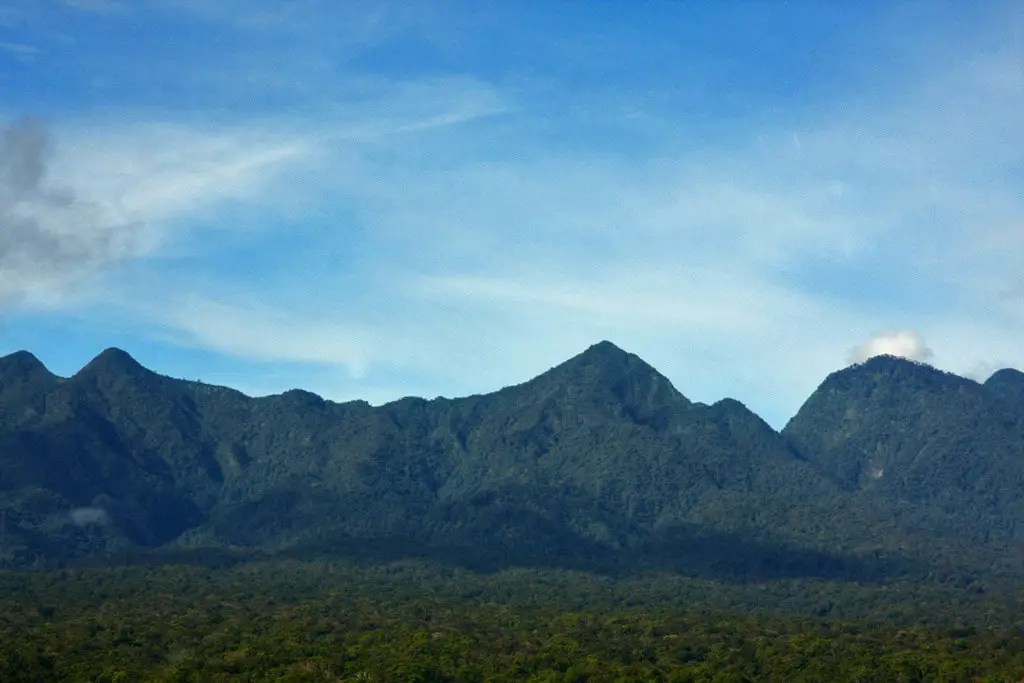
 In short
In short
One of the most inaccessible parts of New Guinea is Mount Bosawi. This enormous mountain rises tall above the surrounding rainforest. Forests near its summit are a kind of small world by itself, with numerous species of plants and animals which are not found anywhere else in the world.
 46.3%
46.3%
GPS coordinates
Location, address
Area
Map of the site
If you see this after your page is loaded completely, leafletJS files are missing.
 In detail
In detail
Extinct volcano
Mount Bosavi stands some 40 km apart from the Central Range – the main mountain ridge of Papua New Guinea. This extinct volcano is 2,507 m high and it rises above the surroundings by 1,887 m. It has not erupted for some 250,000 years.
The summit of this volcano has collapsed long ago forming an extensive crater that is some 4 km wide and 1 km deep. Everything – surroundings of the mountain, its crater, and even the steep rims of the crater are covered with a pristine rainforest.
Bosawi people
Few people live in this area. It could be different in earlier times but as white people arrived in the 20th century, local people caught new diseases and many died.
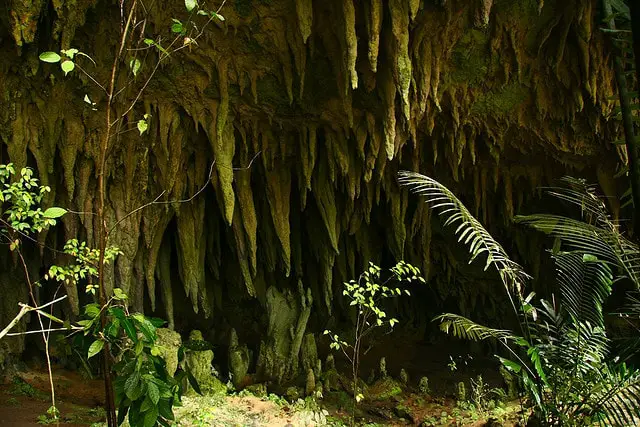
Nobody lives in the crater of Bosawi or its slopes. But north from the mountain there are four groups of native people (Bosavi kalu – Bosavi people) – Kaluli, Ologo, Walulu and Wisesi, all speaking in Non-Austronesian languages. First contact of Kaluli with white people took place in 1940ies. But even these people know rather little about Mount Bosavi and not too many visit it.
Unique species
As anywhere else in the world, also Mount Bosavi has altitude zonation – higher up in the mountain the climate conditions differ from the climate in lowlands and species composition near the top is different than elsewhere – it is cold and wet here. Above the 2,000 m height the trees in the forest are low, covered with epiphytes and the ground is covered with a wet carpet of moss. Diverse climatic conditions lead to a high diversity of the plant and animal species: on Mount Bosavi this diversity is very high. Here live numerous birds of paradise, exotic orchids.
Due to the isolation from other highlands near the summit of Mount Bosavi have evolved numerous unique species which are not met anywhere else in the world. Scientists have known this for decades but very few have ever reached the mountain and many species for sure have not been discovered yet.
Wider public learned about Mount Bosavi in 2009 when an expedition was organised by BBC with an aim to rise awareness of this crater in face of danger – logging near it. During this expedition in a few days time here were discovered more than 40 new species of animals including at least 16 species of frogs, two species of lizards, at least three fish species and one bat, many hitherto unknown insects and spiders.
Some of the endemic animals here are:
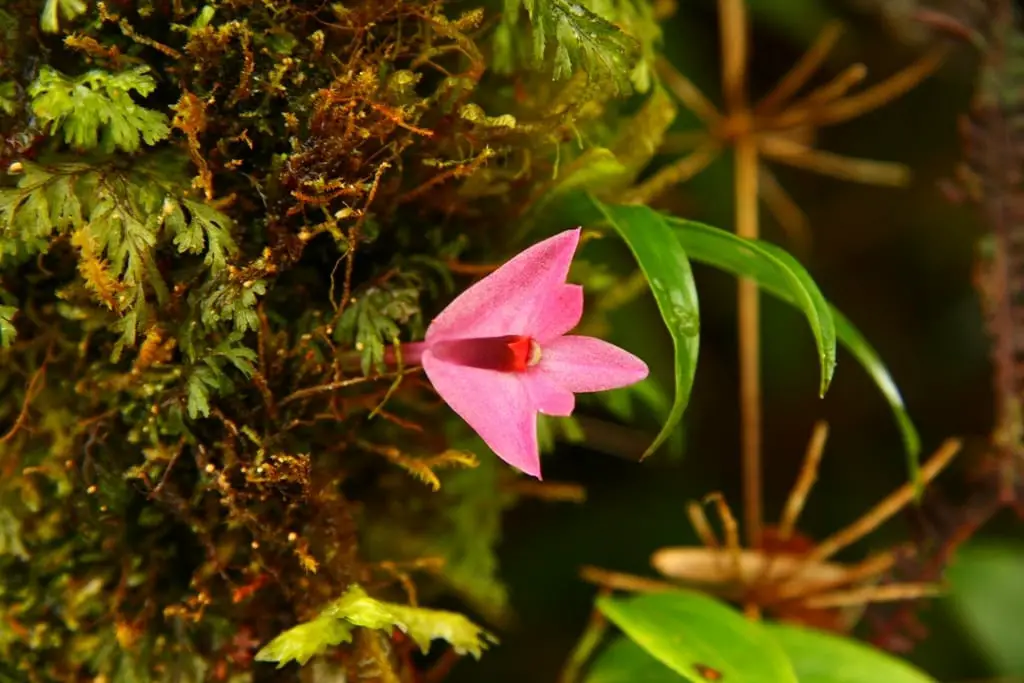
- Bosavi wooly rat (Mallomys spp.) – one of the biggest known rats, up to 82 cm long (including the tail) and 1.5 kg heavy. This animal has thick fur and lives at the height of around 1,000 m. It was first discovered in 1973 and then rediscovered in 2009 by the BBC expedition – animal has no fear of humans;
- Bosavi silky cuscus – a subspecies of Phalanger sericeus;
- Henamo Grunter (Hephaestus sp.) – amazing river fish which communicates with other fish with swim bladder which emits grunting noise;
Protection and research
Mount Bosavi with its surroundings is included in the Sulamesi Wildlife Management Area which was established in 2006. Papua New Guinea has applied for a UNESCO World Heritage status for a monument called Kikori River basin / Great Papuan Plateau which includes also Mount Bosavi.
Mount Bosavi is not the only isolated mountain in this part of New Guinea. No researchers thus far have researched Mount Murray and some peaks of Keieru Range: most likely undiscovered animals live there as well.
References
- Kristofer M. Helgen, Lauren E. Helgen. Biodiversity and Biogeography of the Moss-Mice of New Guinea: A Taxonomic Revision of Pseudohydromys (Muridae: Murinae). Bulletin of the American Museum of Natural History 331: 230–313. 2009.
 Linked articles
Linked articles
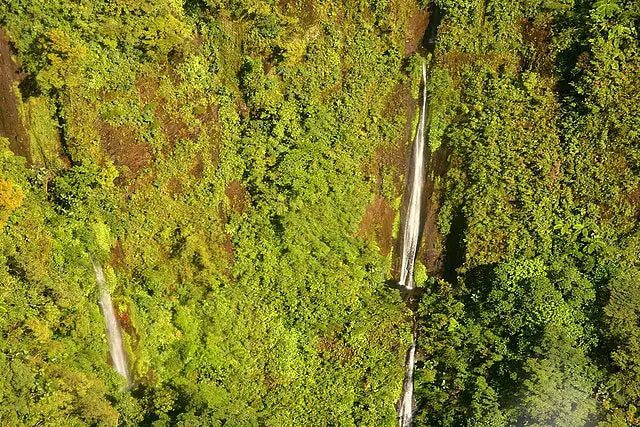
Wonders of Papua New Guinea
One of the most exciting and mysterious lands in the world is Papua New Guinea. This country takes half of the second-largest island and numerous other larger and smaller islands. Up to this day, Papua New Guinea is poorly investigated, and here are expected numerous exciting discoveries of geological, biological, and archaeological nature.
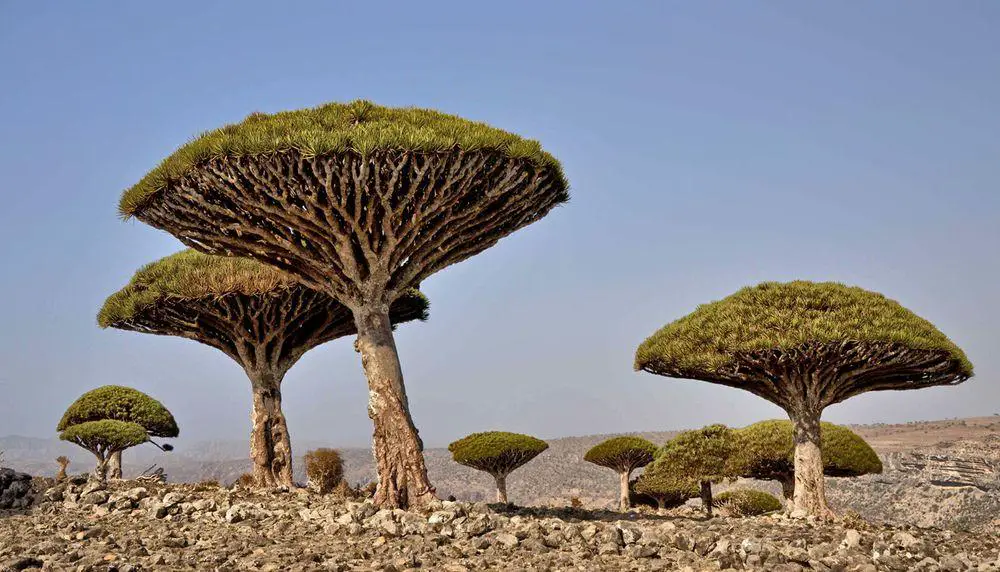
Ecosystems
Biotope is a rather small area with uniform environmental conditions and a specific community of life. Wondermondo describes biotopes and ecosystems which have striking looks, look very beautiful, or have other unusual characteristics.
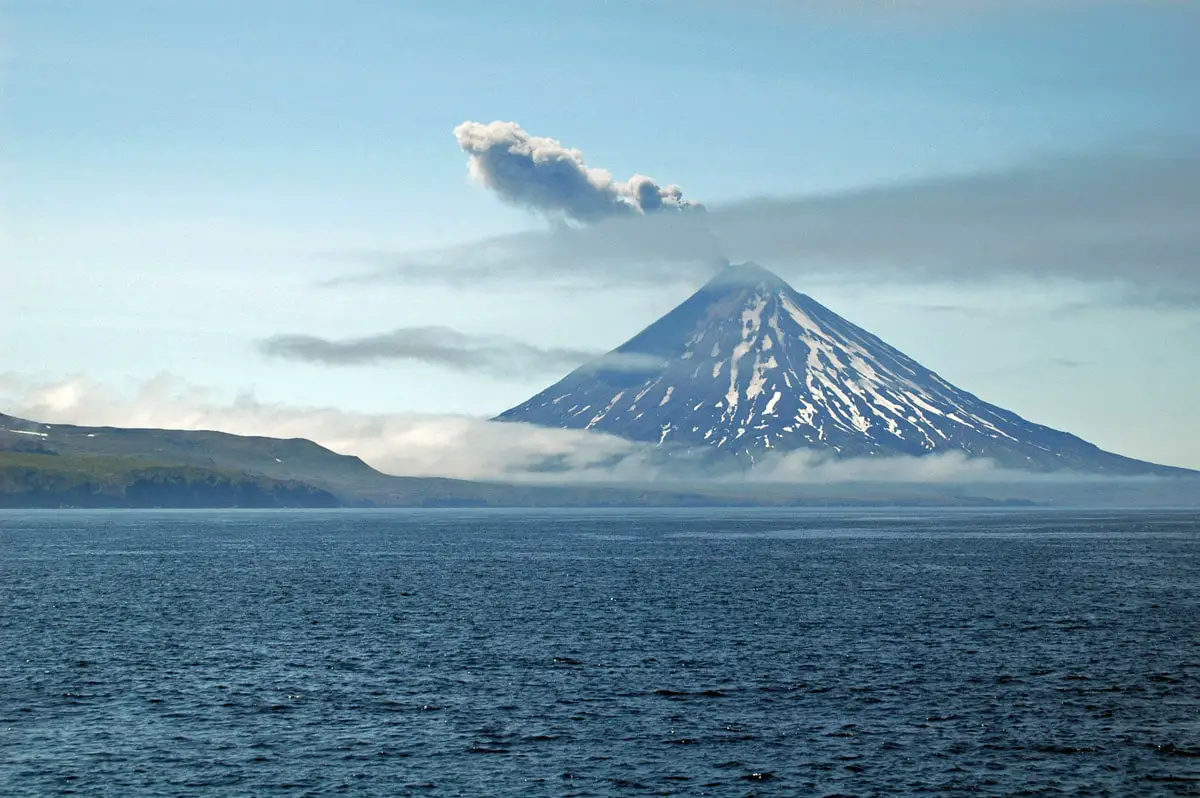
Volcanoes
This category includes the most unusual and interesting volcanoes of the world.
Over the last 10,000 years in some 1,500 places around the Earth mantle of Earth has emitted lava, ash, and gases through the crust of the planet. Each of these places is an active volcano. Some 50 – 70 volcanoes erupt every year and at any moment there are some 20 – 30 eruptions ongoing.
 Recommended books
Recommended books
The Southern Highlands: Papua New Guinea
Full-color photos of people and scenery of the Southern Highlands of Papua, New Guinea.
Prehistoric Mammals of Australia and New Guinea
From kangaroos and koalas to the giant Diprotodon and bizarre “thingodontans,” prehistoric mammals evolved within the changing and sometimes harsh environments of Australia. As part of Gondwana, Australia was the first landmass to be isolated from the supercontinent Pangaea. In Prehistoric Mammals of Australia and New Guinea, four respected paleontologists present a history of the development of modern mammals from the unique evolutionary environment of Australia and New Guinea.

